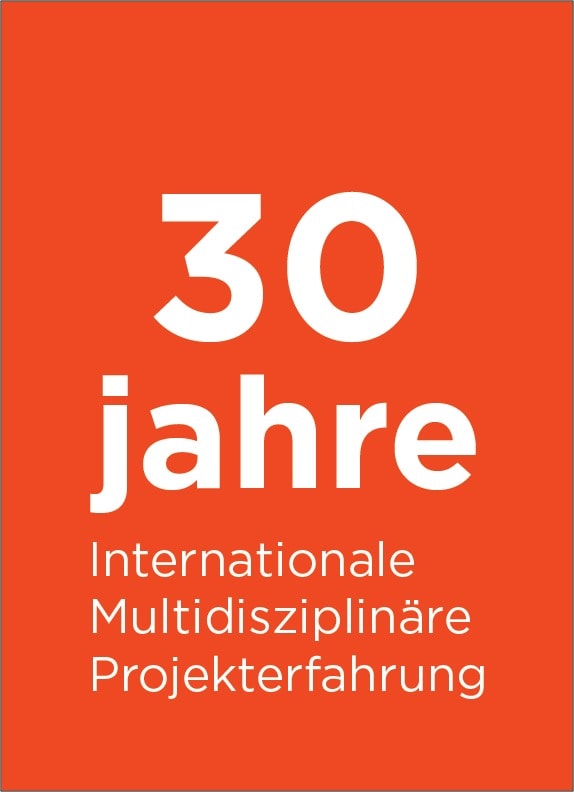Author: Nurettin Mert AYDIN, Group Manager (Energy)

“Curiouser and curiouser!” (Lewis Carroll, Alice’s Adventures in Wonderland)
Gedankenexperiment (Gedankenerfahrung or thought experiment) is a way of thinking that maps a theory to possible causes and consequences (to shed light on these), when no clues or indicators are available to validate the theory. This concept is often used by philosophers and scientists since, under some conditions, it is almost impossible to conduct or repeat some kinds of experiments physically.
In this blog entry, I want to introduce the term I made-up, Ersatzgedankenexperiment, which is simply brainstorming in a rather structured manner, or conducting Gedankenexperiment when it is even possible to repeat the experiment or when there are traces and evidences.
Gedankenexperiment is quite different from a utopia because it follows a structured and organized process. The added value of Gedankenexperiment comes through at this point: We start considering alternatives forcing ourselves to use and evaluate different approaches. It helps us get out of our comfort zones, embrace innovation and move forward. A well-known application of Gedankenexperiment is the question of Albert Einstein, usually mentioned with the inauguration of the theory of relativity: “What would happen if you chased a beam of light as it moved through space?”
Today, a Gedankenexperiment is generally viewed from seven different perspectives: Prefactual, counterfactual, semi-factual, prediction, hindcasting, retrodiction and backcasting.
Prefactual experimenting consists of questions that seek for outcomes of a certain event, whereas counterfactual experimenting seeks for contradicting conditions, semi-factual experimenting seeks for different causes having the same effect, prediction experimenting seeks for the future, hindcasting experimenting seeks for prediction of an event that happened, retrodiction experimenting seeks for root causes of an event and finally, backcasting experimenting seeks for a specific future consequence and its causes starting from today.
One does not need to come up with all these questions when an event is being investigated. Usually, different domains or approaches benefit from different types of experimenting. Healthcare domain, for instance, is more interested in semifactual experimenting whereas marketing is more interested in counterfactual experimenting. These are applicable to my made-up term Ersatzgedankenexperiment as well.
In order to show how these perspectives could be applied to my humble Ersatzgedankenexperiment tweak, I prepared an example involving a software system in production facing various problems. Suppose at some point in time, something went wrong with the DBMS (Database Management System) in our software system. Here is my Ersatzgedankenexperiment-ing session:
– Prefactual: What will be the probable outcomes of DBMS failure?
– Counterfactual: What might have occurred if network has failed instead of DBMS?
– Semi-factual: If network has failed instead of DBMS, would the outcome still be the same?
– Prediction: If DBMS continues to fail, what will be the outcome in a year?
– Hindcasting: DBMS failed. Could healthcheck status have predicted it correctly?
– Retrodiction: What led to the failure of DBMS? How can we prevent it from occurring again?
– Backcasting: If DBMS fails in one year, what would have caused it?
Looking at these example questions, I would say “Prefactual”, “Semi-factual”, “Hindcasting” and “Retrodiction” seem to be the most adequate perspectives software solution providers would be more interested in. Of course, in reality, we would possibly have a plethora of logs and traces that would help us investigate this example situation, keeping an ear close to the ground but still, some of these questioning would lead us to alternative parameters or situations to be taken into consideration. This is Ersatzgedankenexperiment-ing!
Just a few last words… Gedankenexperiment should not be interpreted as the sole process to prove or disprove hypotheses. Nor should it be seen as a tool that is out of reach, serving only philosophers and scientists. To me, it is something like a fun and educational approach to correlate events with their effects and antecedents. It is even applicable to our daily tasks and problems. As we all like brainstorming, it would be a good idea to apply Ersatzgedankenexperiment-ing from now on and start finding out what type of questions work for what type of issues and start exploring answers right away.
“Learn from yesterday, live for today, hope for tomorrow. The important thing is not to stop questioning.” (Albert Einstein)
References:
[1] Brown, James Robert and Fehige, Yiftach, “Thought Experiments”, The Stanford Encyclopedia of Philosophy (Winter 2019 Edition).




